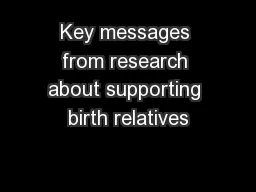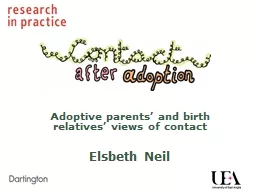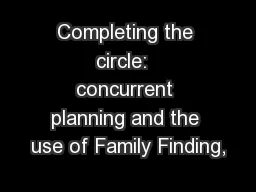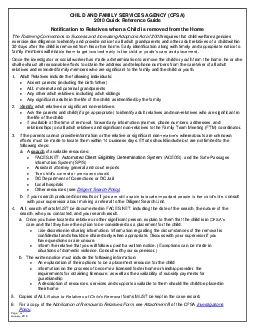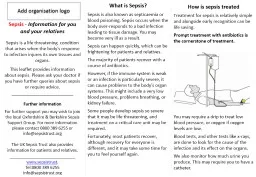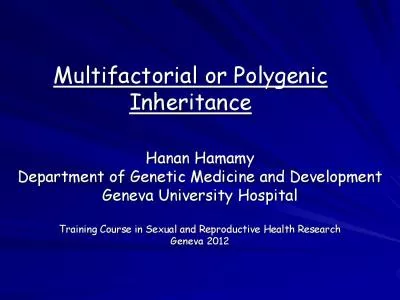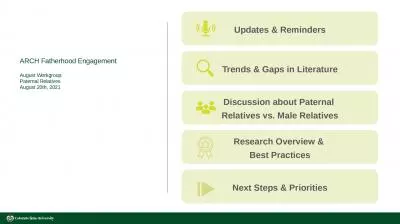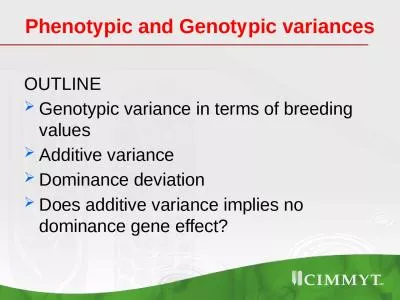PPT-Key messages from research about supporting birth relatives
Author : liane-varnes | Published Date : 2017-08-28
1 Professor Beth Neil Research in Practice Change project Adoption and Children Act 2002 National minimum standards Birth parents and birth families are entitled
Presentation Embed Code
Download Presentation
Download Presentation The PPT/PDF document "Key messages from research about support..." is the property of its rightful owner. Permission is granted to download and print the materials on this website for personal, non-commercial use only, and to display it on your personal computer provided you do not modify the materials and that you retain all copyright notices contained in the materials. By downloading content from our website, you accept the terms of this agreement.
Key messages from research about supporting birth relatives: Transcript
Download Rules Of Document
"Key messages from research about supporting birth relatives"The content belongs to its owner. You may download and print it for personal use, without modification, and keep all copyright notices. By downloading, you agree to these terms.
Related Documents

